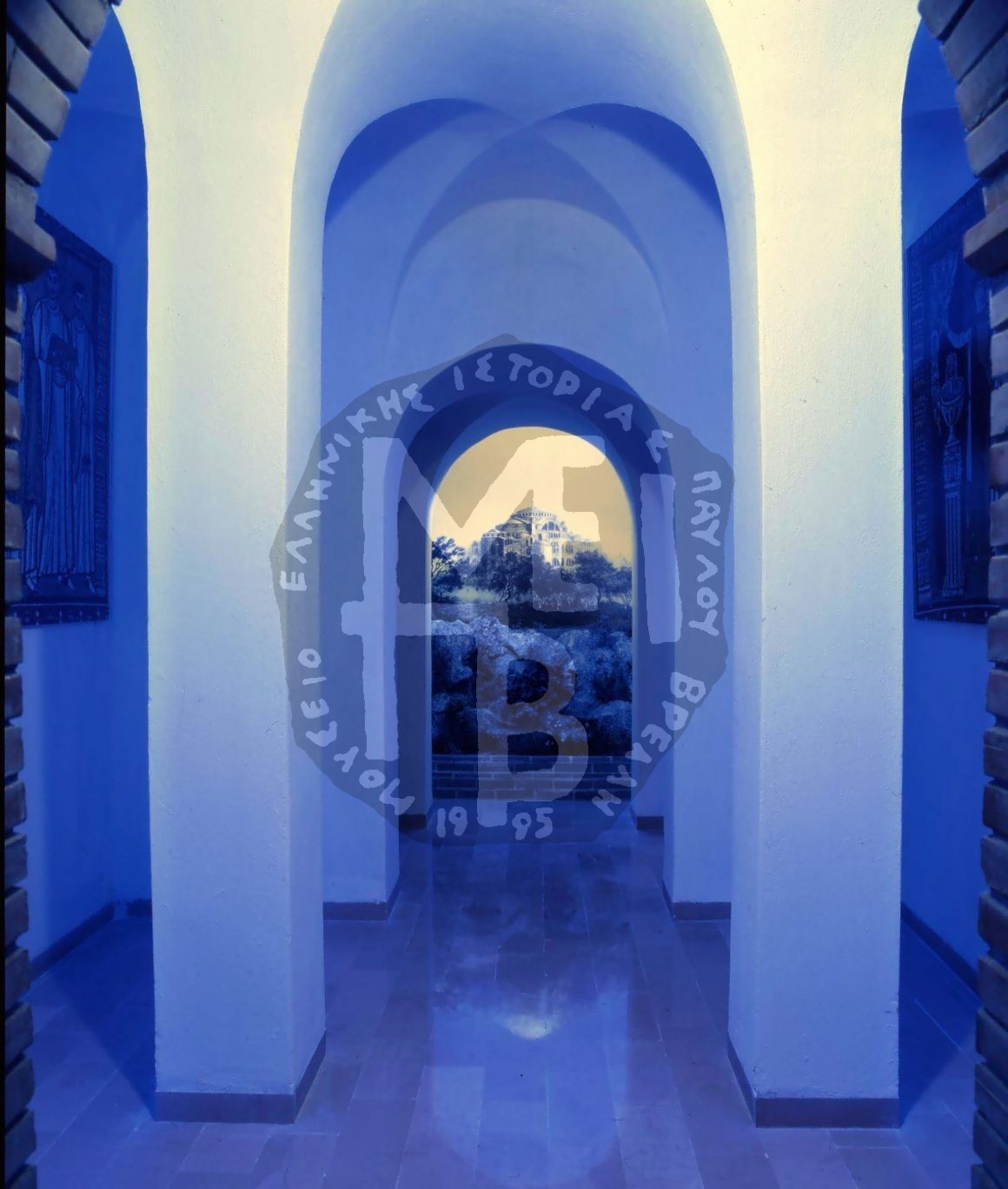“With the presentation of this theme, I wish to convey an echo, a memory of a great historical era that lasted over 1,100 years – from 330 to 1453 AD. It played a significant cultural role in the civilized world of its time.
It was the most civilized state of the medieval world. It shaped the west-European civilization, maintained the ancient Greek legacy and was an unshakable supporter of the Orthodox Church for centuries. It was not only the most memorable cultural enclave, it was also the treasurer for East and West. Arts that bloomed through centuries were first cultivated in Byzantium and then transferred to the West to influence, much later, the whole world.
The well known ‘Hydraulis’ evolved later to the today organ. The rich in tones ancient Greek music bequeathed the Byzantium the ‘Ways’ which later passed on to the west and formed the foundations on which the European music was based on. Out of respect for religion, the Byzantine music was created and cultivated from most gentle spiritual people.
Similarly, in painting a special technique was adopted to portray the Divine, leaving unique pieces of work behind, like murals in temples and valuable icons. Along with it, other forms of art were developed, such as tessellation, micro sculpture and jewel crafting.
Arts like architecture create jewels of a different kind, the temple of ‘the Holy Wisdom of God’, for example, the so called by the Greeks ‘Agia-Sofia’, the first and only of all the Orthodox temples.
I could not possibly sum up the eternal contribution of the Byzantium throughout the centuries. It would be fortunate if the visitor is incited to find out more on his own.
Here I have made a place with symbolic stylistic elements. It is divided into three naves and embellished with the help of arches, cross-shaped domes on the roof. The mosaic of Justinian (518-578) and Theodora on either side determine the 5th century AD in terms of time, when the East State (Constantinople) asserts itself over the West (Ravenna). The truth is I initially planned on making the mosaic myself as my knowledge of tessellation was more than adequate, but my old age and exhaustion averted me from such a venture.
In the background I have placed a photo of ‘Agia-Sofia’ without the four minarets which have destroyed it structurally. [In 1993 there was a breach of about 14 m on the Big Dome…]”

